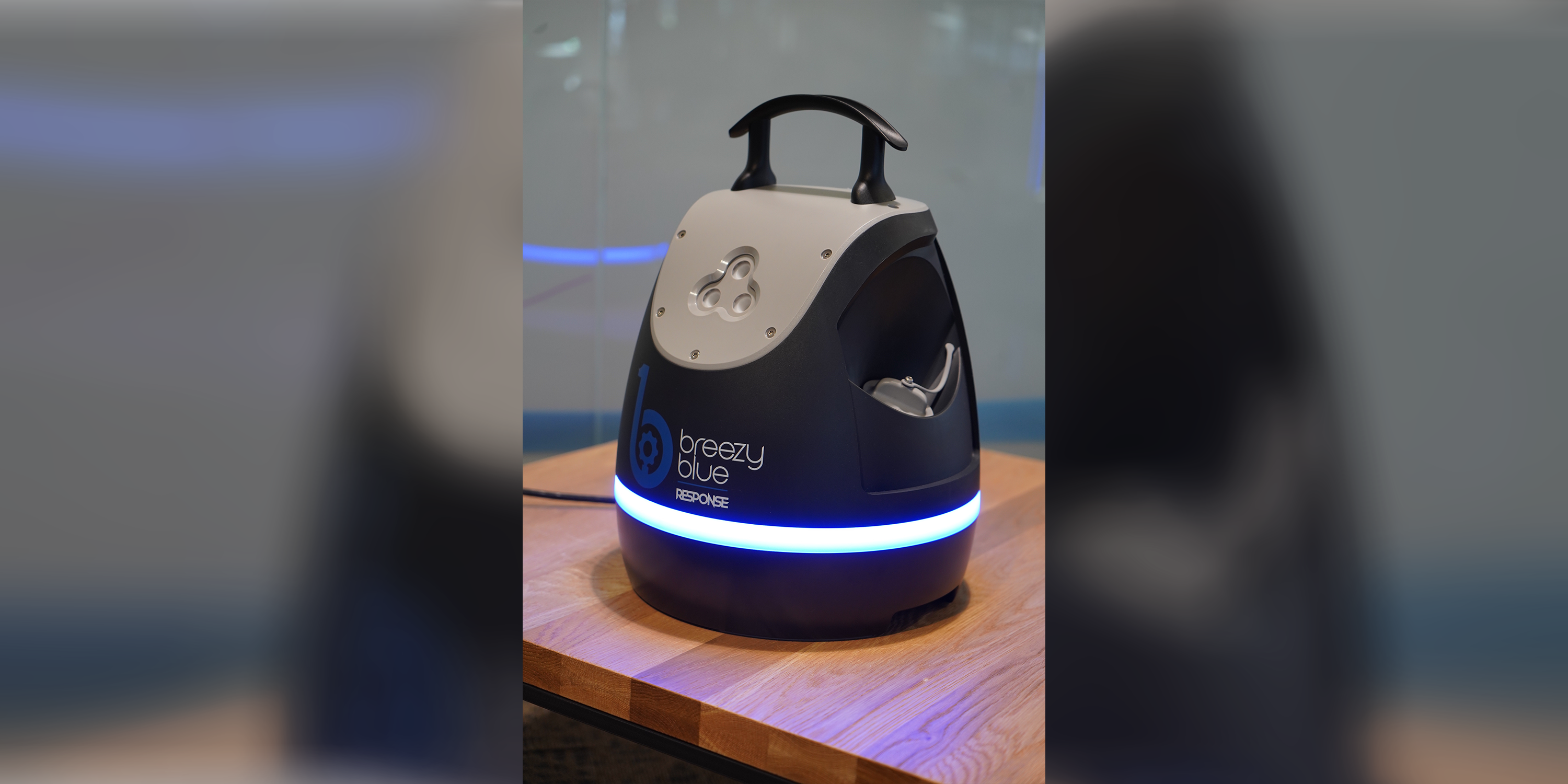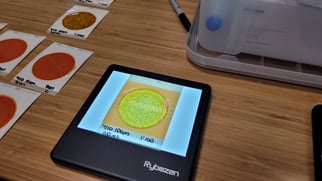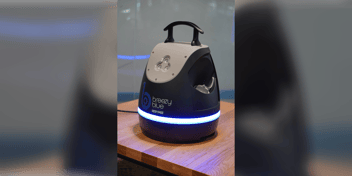
Round-Up: BWR's Top 10 Articles of 2023
The end of the year is here! This is the time to reminisce about your year, look back at the (failed) resolutions, listen to your Spotify Wrapped playlist - and, most importantly, take a look at what Build With Robots has been up to.
This was a big year for BWR, starting with the launch of Breezy Blue and ending with sharing prototypes of our next product at tradeshows (keep your eye out for more info!). Our disinfection products are now available across the US thanks to our wonderful partners and manufacturer's reps that we've met this year. Breezy Blue has entered plenty of new spaces, such as emergency services centers, medical facilities, residential cleaning, and more.
Additionally, this has been a year of learning. BWR has been automating aerosolized hydrogen peroxide for disinfection for years, and after conducting more in-house efficacy testing, protocols for fogging have been improved and better informed. This research has also propelled BWR towards its next product in the Breezy line - but let's not get too ahead of ourselves.
Here are the Top Ten BWR blog articles to sum up 2023 (in no particular order):
- Build With Robots Expands with Breezy Blue

In February, BWR officially launched Breezy Blue. Now, nearly a year later, it is our flagship product and being used in facilities around the US. It all started with this press release, which explains the basic function and purpose of Breezy Blue. - How This Ambulance Company Uses BWR'S New Minibot
Albuquerque Ambulance Service was one of the first to get their hands on Breezy Blue, and it has helped their logistics team turnover ambulances quickly and safely. - Pro-Link Brings Automated Disinfection to a National Scale
BWR's membership with Pro-Link began in the spring and has led to connections with distributors such as LD Supply and Brown Supply, both of which have had success selling Breezy Blue into schools and other facilities. - UV Disinfection vs. Electrostatic Sprayers vs. Disinfectant Fogging
There are plenty of disinfection solutions available, each with different pros and cons. This informative article goes into detail on how Breezy Blue compares to UV and electrostatic sprayers.  Automated Minibots Bring Improved Efficiency to Goodyear Fire Department
Automated Minibots Bring Improved Efficiency to Goodyear Fire Department
BWR expanded its reach into Arizona when Goodyear Fire purchased their Breezy Blues. Goodyear's 16,000 ft2 facility can now be disinfected in 45 minutes, saving workers time and money while still ensuring their safety.- Reduce Nurse Visits by 39% | St. Mary's Catholic School
St. Mary's Catholic School has been disinfecting with Breezy products for years, and in this time, there has been a 39% reduction in nurse visits as well as fewer absences. BWR compared pre-pandemic data to current data to compete this case study. - The Advantages of Fogging | Terra Vera & Build With Robots
This fall, BWR partnered up with Terra Vera, another growing tech startup based in Albuquerque. Both have found success using Breezy Blue's fogging techniques and outlined many reasons why fogging is their preferred method. - Nexus & Build With Robots Advance Automation & IAQ throughout the Western US
In just the past couple months, BWR partnered with Nexus to expand Breezy Blue's reach to even more groups around the US. - Automating aHP for Disinfection
This informative blog took a step back and went back to the basics: what is aHP? What benefits does aHP have? And how can disinfection be automated? - BWR's Efficacy Study

Throughout the year, BWR has conducted efficacy studies to ensure Breezy products are being used to their full potential and successfully removing over 99.9% of germs. In November, a 3-part series was released, describing why efficacy testing matters, how it's done, and the results.
Part 1: Breezy BioCare RTU: Why Real-World Efficacy Testing is Needed
Part 2: Five Methods of Testing Disinfection Efficacy in the Real World
Part 3: An Example of Testing Disinfection Efficacy in Real World Conditions
Subscribe to Our Newsletter for More




